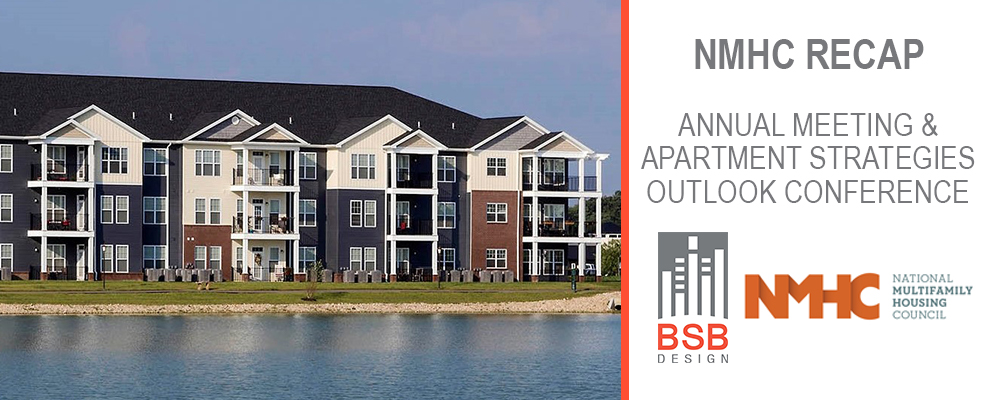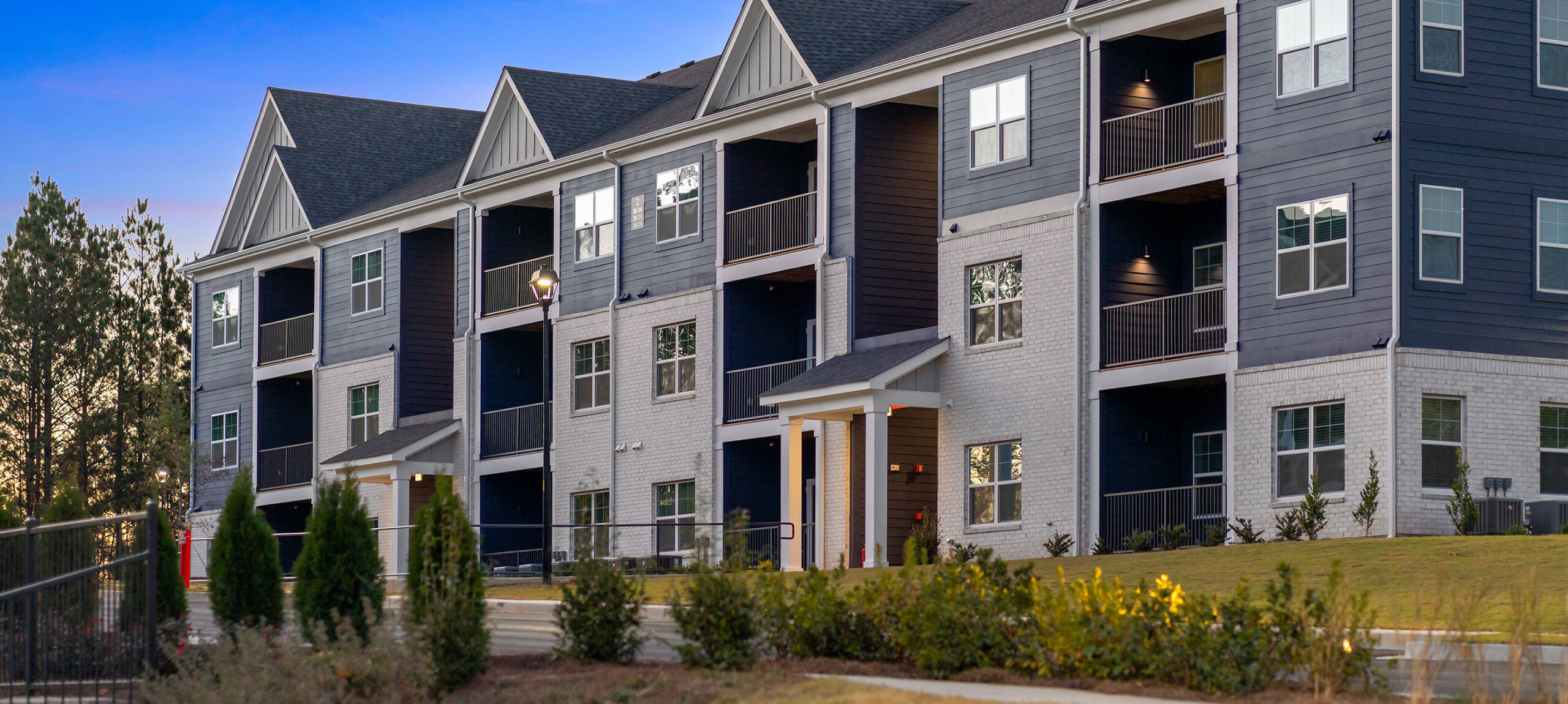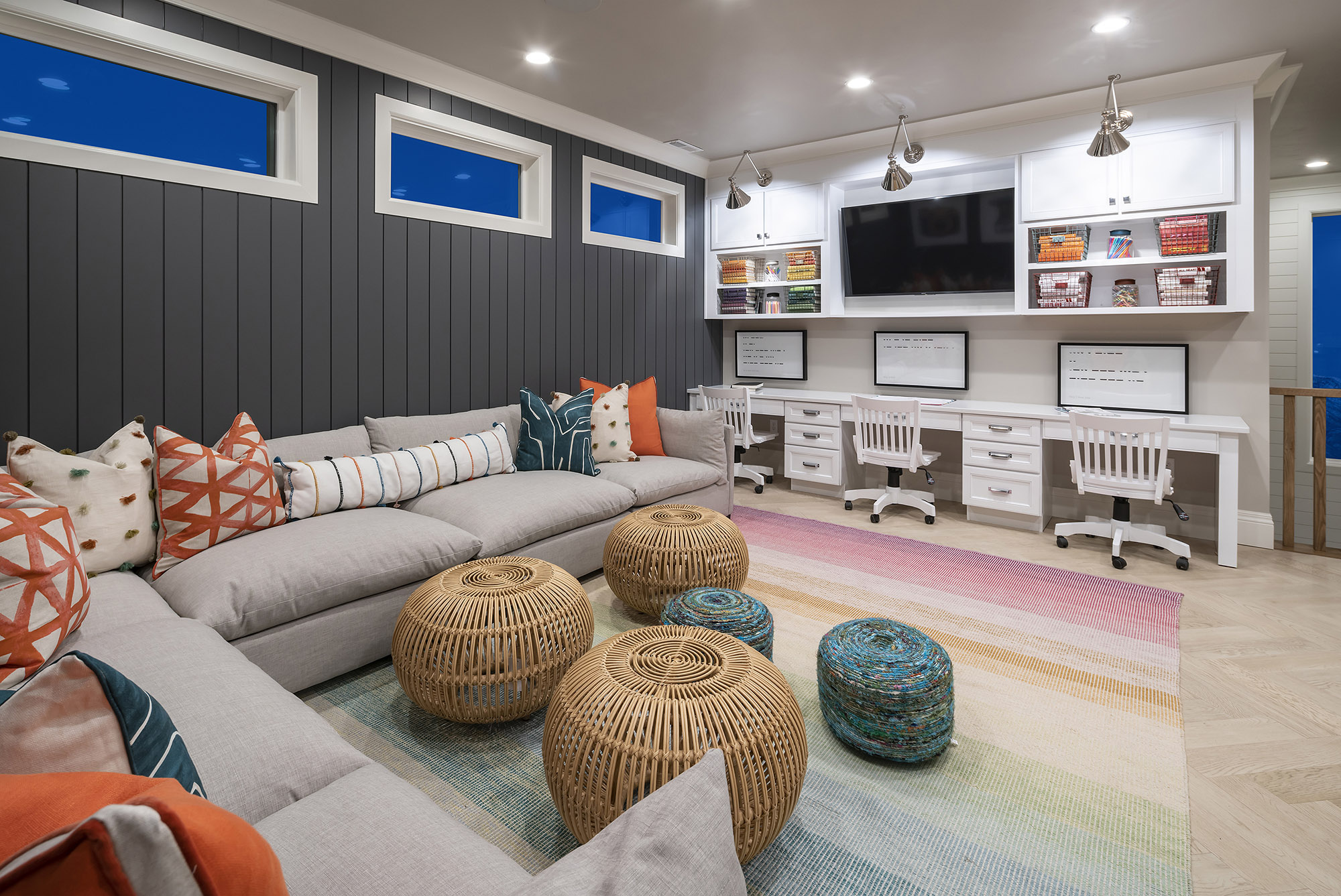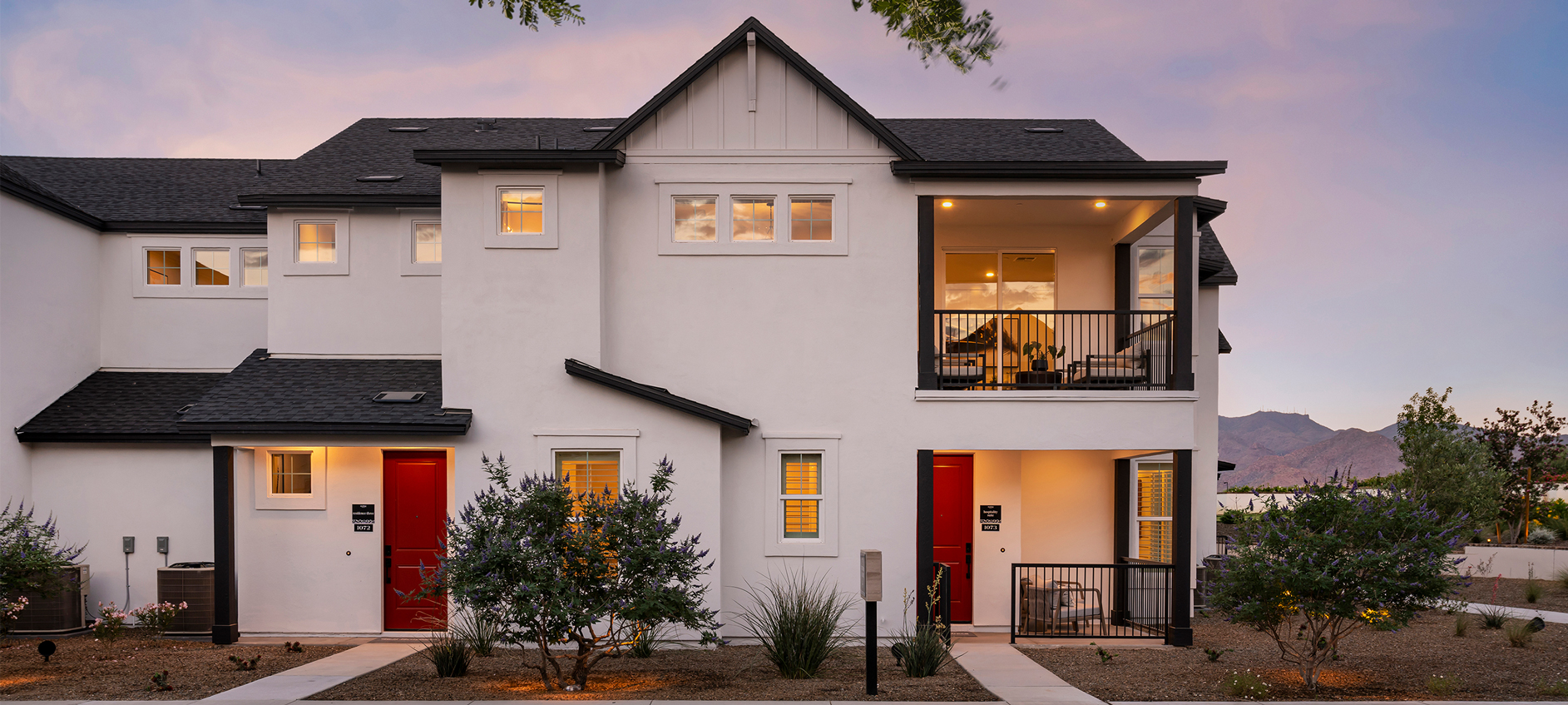I recently attended NMHC’s Apartment Strategies Outlook Conference & Annual Meeting, so I want to recap a handful of key points from this amazing week.
1. Second Tier Markets
The stability and steady growth in areas surrounding the smaller metros across the country have captured the full attention of developers and investors. Markets like Raleigh-Durham-Charlotte, Indianapolis-Columbus-Louisville, Memphis-Knoxville, Jacksonville, Birmingham, Tucson and Colorado Springs promise long-term investment potential with lower risk than higher cost urban areas. Still, the west coast continues to draw a watchful eye considering the immense opportunity there – but it’s tempered by the government challenges and newly enacted rent control laws.
2. Garden Apartments
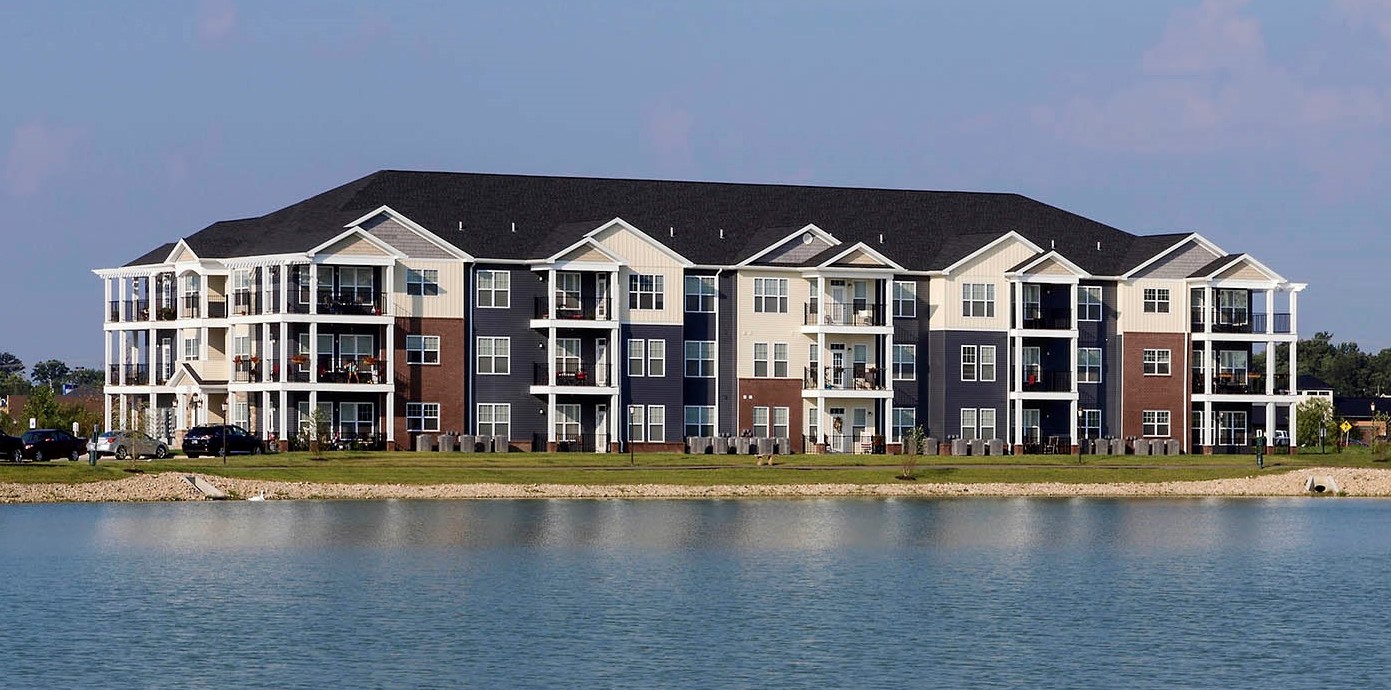
This staple of multifamily development has been overshadowed by higher density projects, with developers building taller in order to reach profit targets. Today, we’re seeing the suburban garden apartment go through a bit of a resurgence, especially since land in second tier markets is slightly more plentiful. This is going to be a key product type in the continued search for affordability.
3. Modular
If you aren’t building modular yet, you’re behind. And if your architects and engineers aren’t providing flexible designs that can be modified for the manufacturing environment, you’ll be even further behind soon. Everyone is looking for ways to make multifamily buildings more affordable, and modular has huge potential in that space. Design more efficiently so you can build more efficiently, and then gain the productivity and cost-savings of a repeatable, controlled construction process.
4. Co-Living
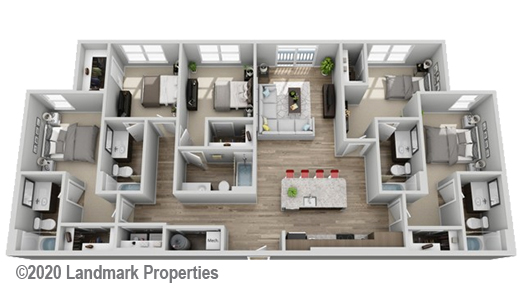
News flash: Co-living has officially moved beyond “fad” status to a real option in major markets coast to coast. Once reserved for a few select, niche communities that actually embraced the concept, more and more developers are forging strategic partnerships to plan and produce co-living communities that work, securing alliances with specialty property management firms to ensure profitability. Cities are learning as they go, though, so some zoning and taxation hurdles must be overcome.
5. Partnerships
We’re used to seeing developers enter the property management space. But now we’re seeing the management companies dip their toes into development. Every partnership in between is being explored to find the best way to achieve project goals and profitability. In particular, developing relationships between architects and property managers is a key in understanding how spaces need to work for operations. It’s not just about programmed spaces and the right square footage; operations is the deciding factor in making a project profitable.
I’d love to hear your thoughts about this topic. Email me at tbateman@bsbdesign.com!
